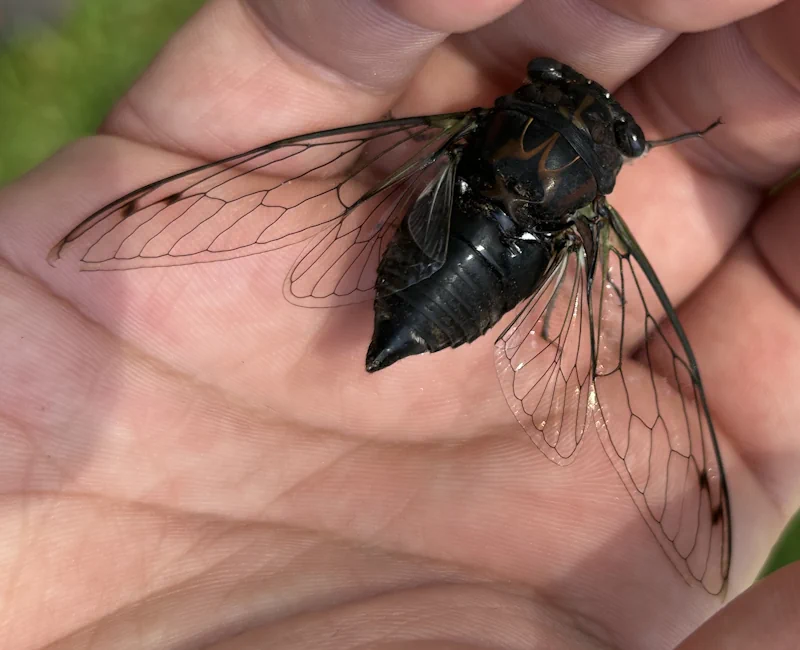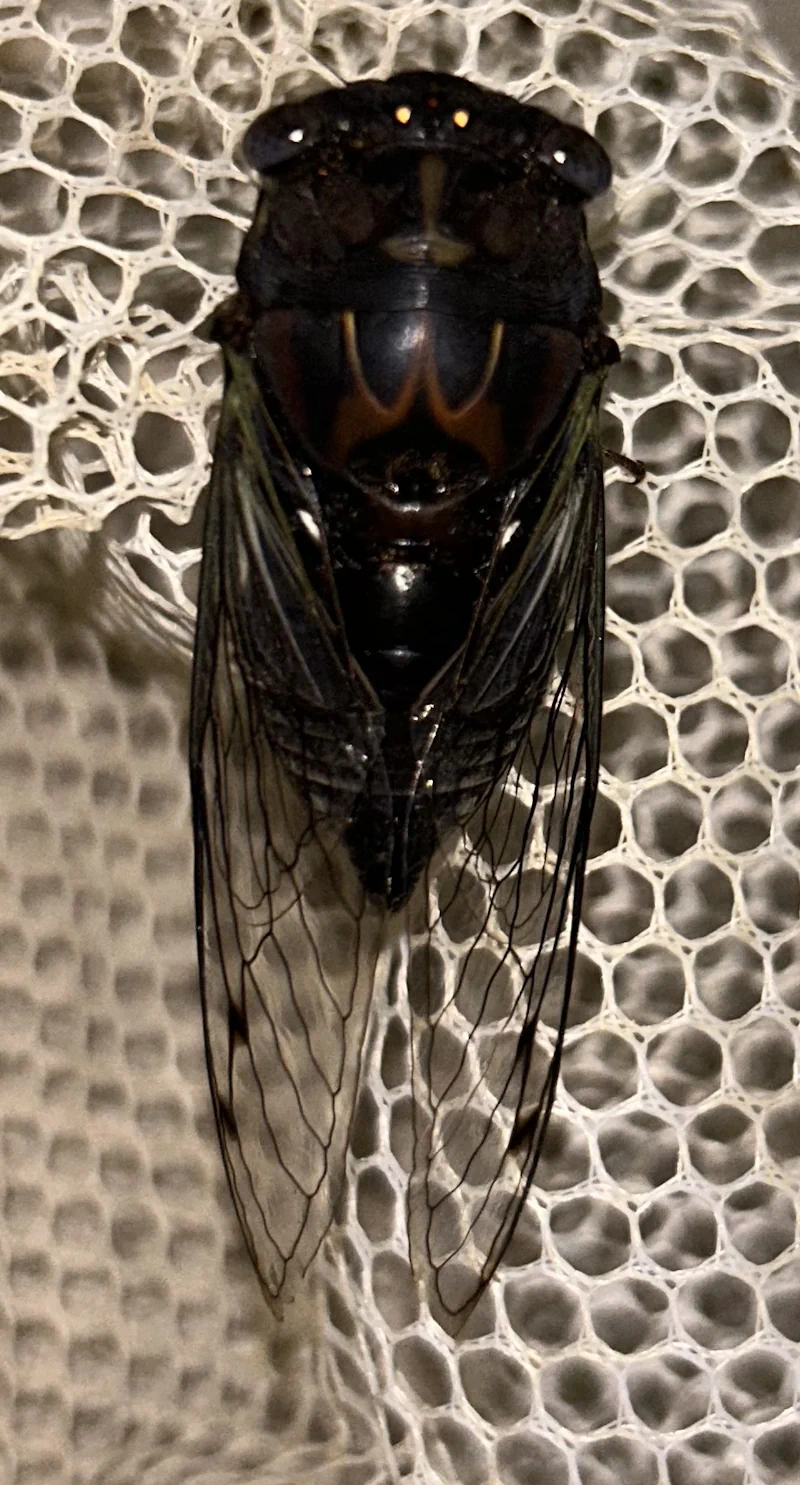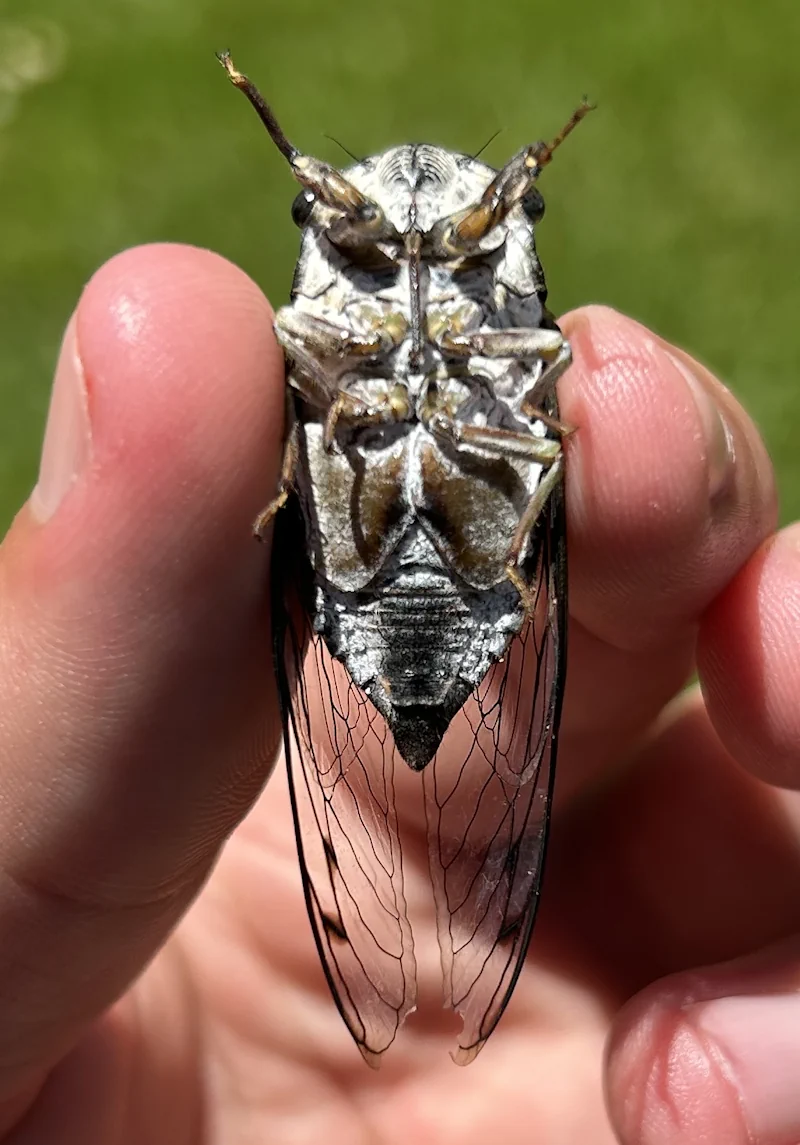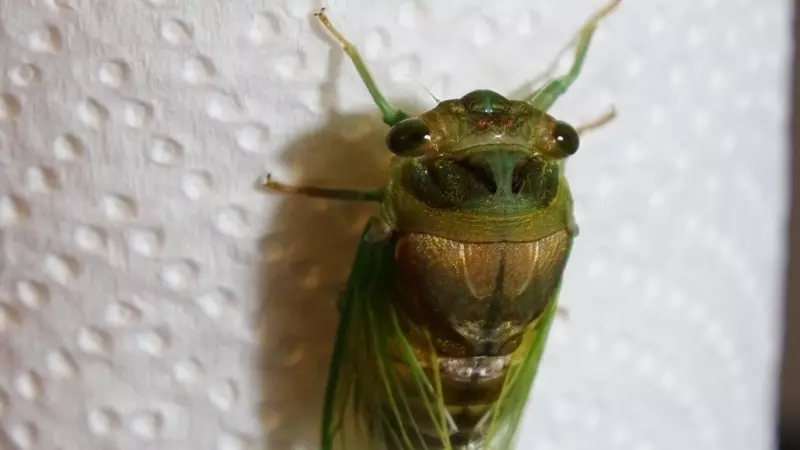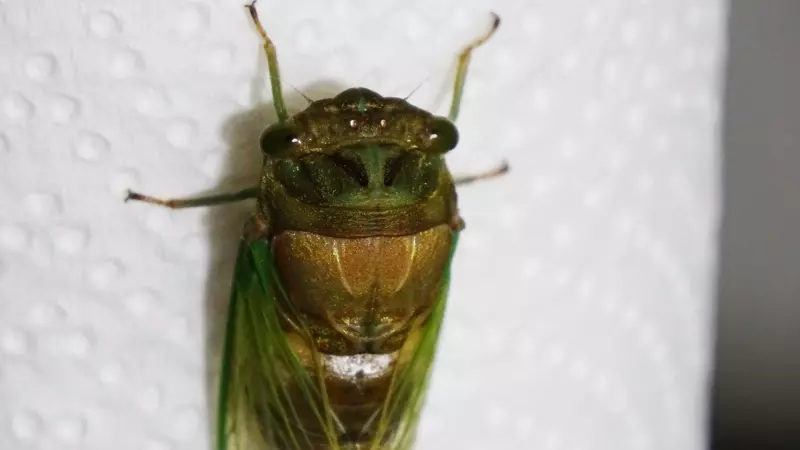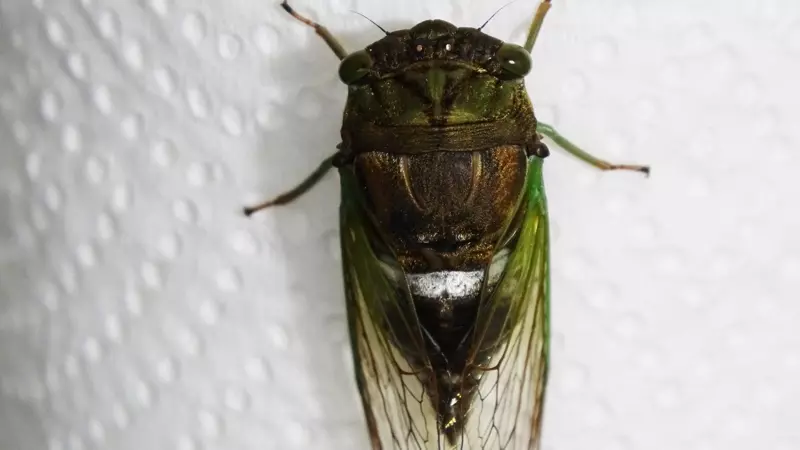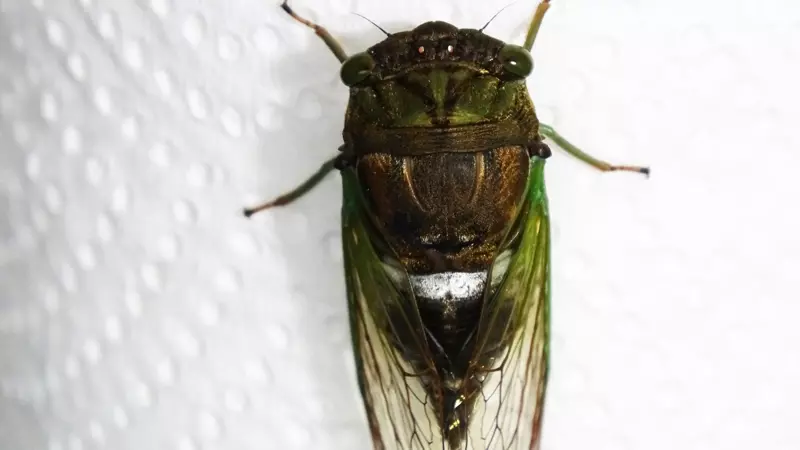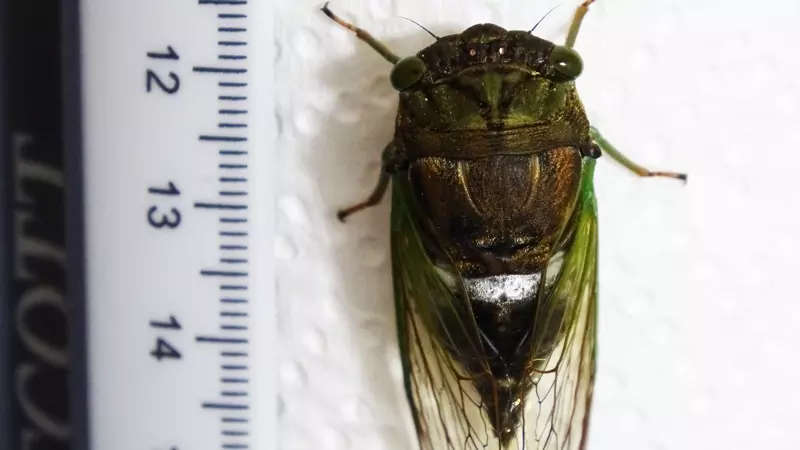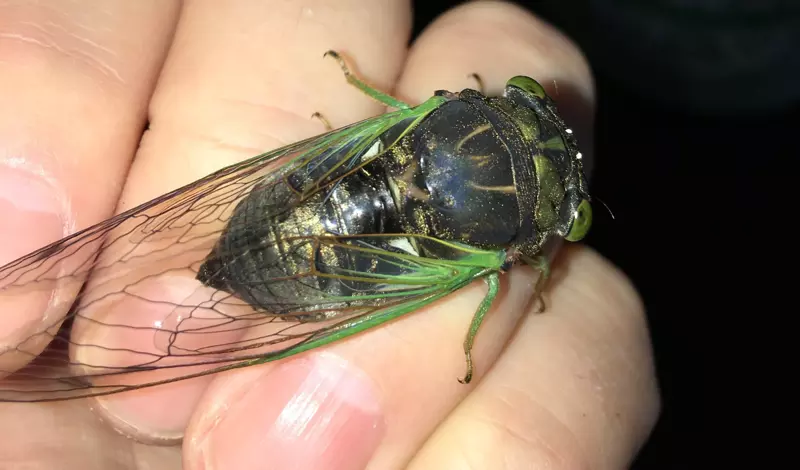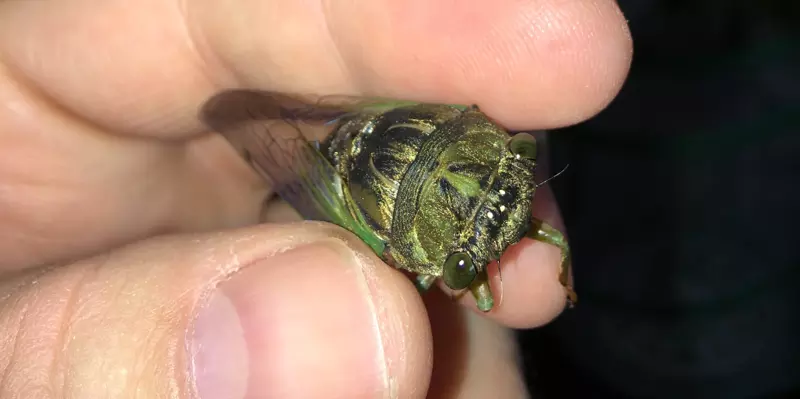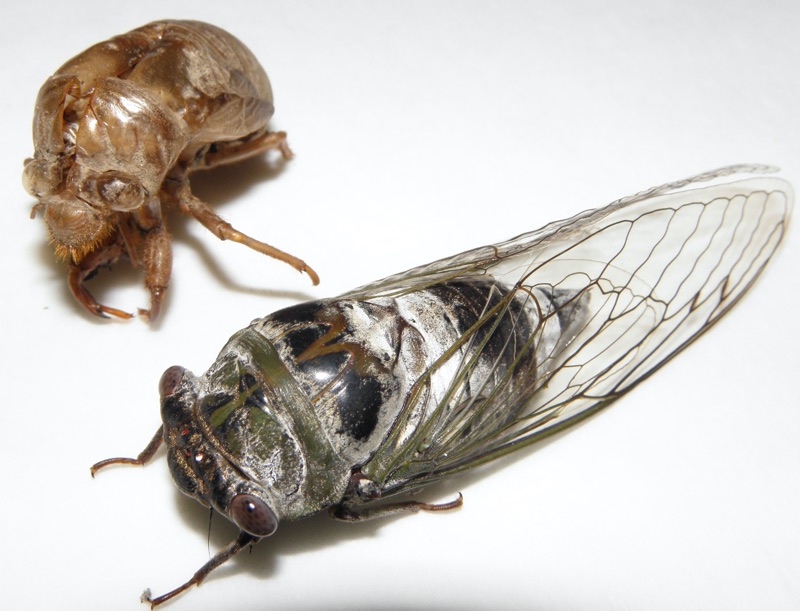The Nanai cicadas (Raiateana knowlesi (Distant, 1907)) of Fiji are back after 8-years, and Fiji is issuing stamps to celebrate their emergence.
Update! If you want to see what the Nanai look like, visit the Cicada Discussion, Science and Study Group on Facebook and view Elias Bonaro’s 9/22 post.
Nanai cicadas are special because they have an 8-year periodical cycle. They are found in the hills of Viti Levu island of the Fiji archipelago. They are also special because of the Legend of The Nanai and their importance to Fijian culture.
2025 Nanai Stamps
2025 Nanai stamps will be available from Post Fiji Pte Limited. They start shipping on the 25th of September (new date). See this BROCHURE – THE NANAI EMERGENCE for more information.


Nanai Cicadas Stamps from 2009
Here’s an image of Nanai stamps from 2009 (or maybe 2010):

More information about the Nanai
- Rare Nanai Cicadas emerge after eight years | Fiji Sun (2025 article)
- Raiateana knowlesi sighting on Facebook (2017)
- Fiji Cicada Sightings on iNaturalist
- Fijian Cicada (Raiateana knowlesi), Nanai – NatureFiji-MareqetiViti (2017 article)
- Legend of The Nanai – NatureFiji-MareqetiViti (2017)
- A photo of a Nanai on Facebook (2017)
- Fiji 8-year periodical Nanai aka Raiateana knowlesi 2017 Cicada Mania article
How do the Nanai (Raiateana knowlesi) compare to other cicadas around the world
The Nanai are similar to Magicicada cicadas in the United States in that they have precise periodic lifecycles. Nanai have 8-year cycles and Magicicada have 13 or 17-year cycles.
The Nanai are similar to North American Dog-Day cicadas, European Lyristes plebejus, and the Tacua speciosa of Malaysia & Indonesia, in that they belong to the same Tribe (Tacuini) and share similar anatomy like hidden tympani (the noise makers).
